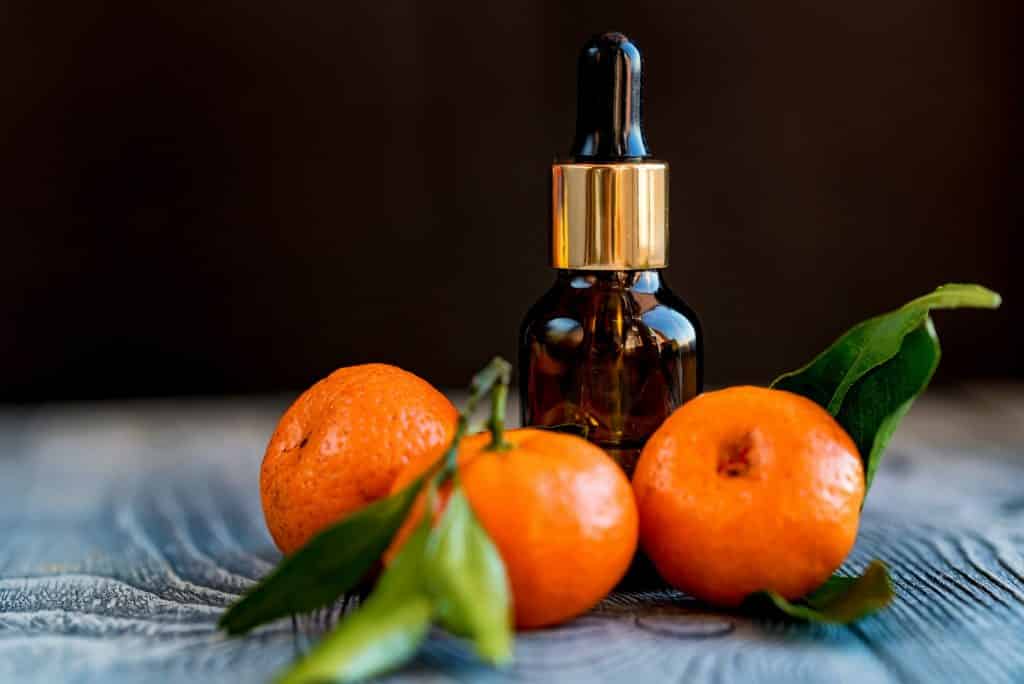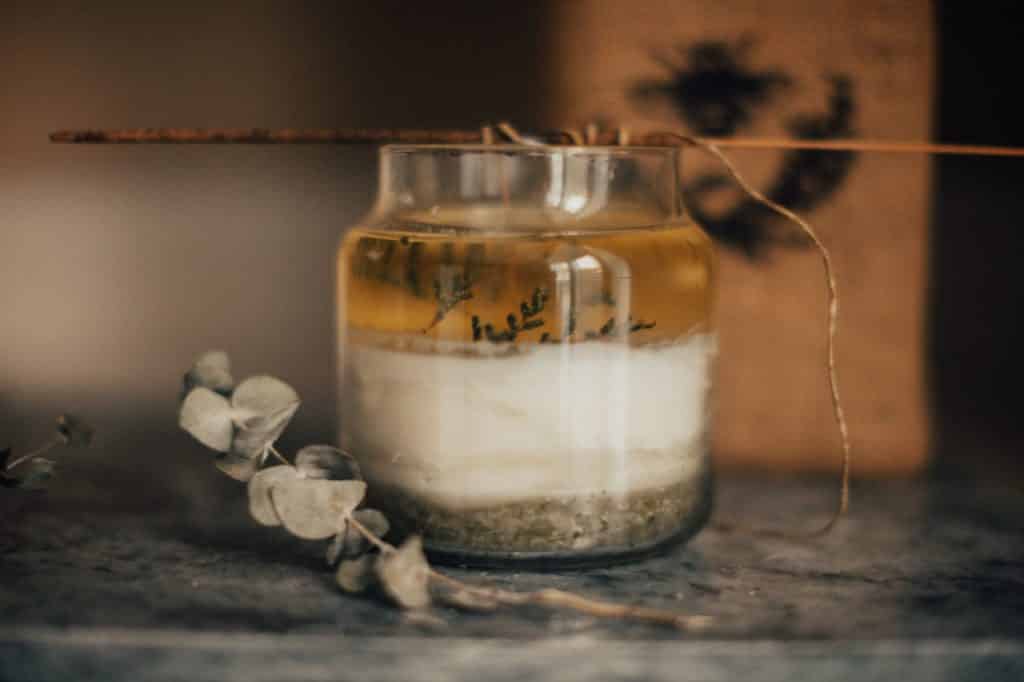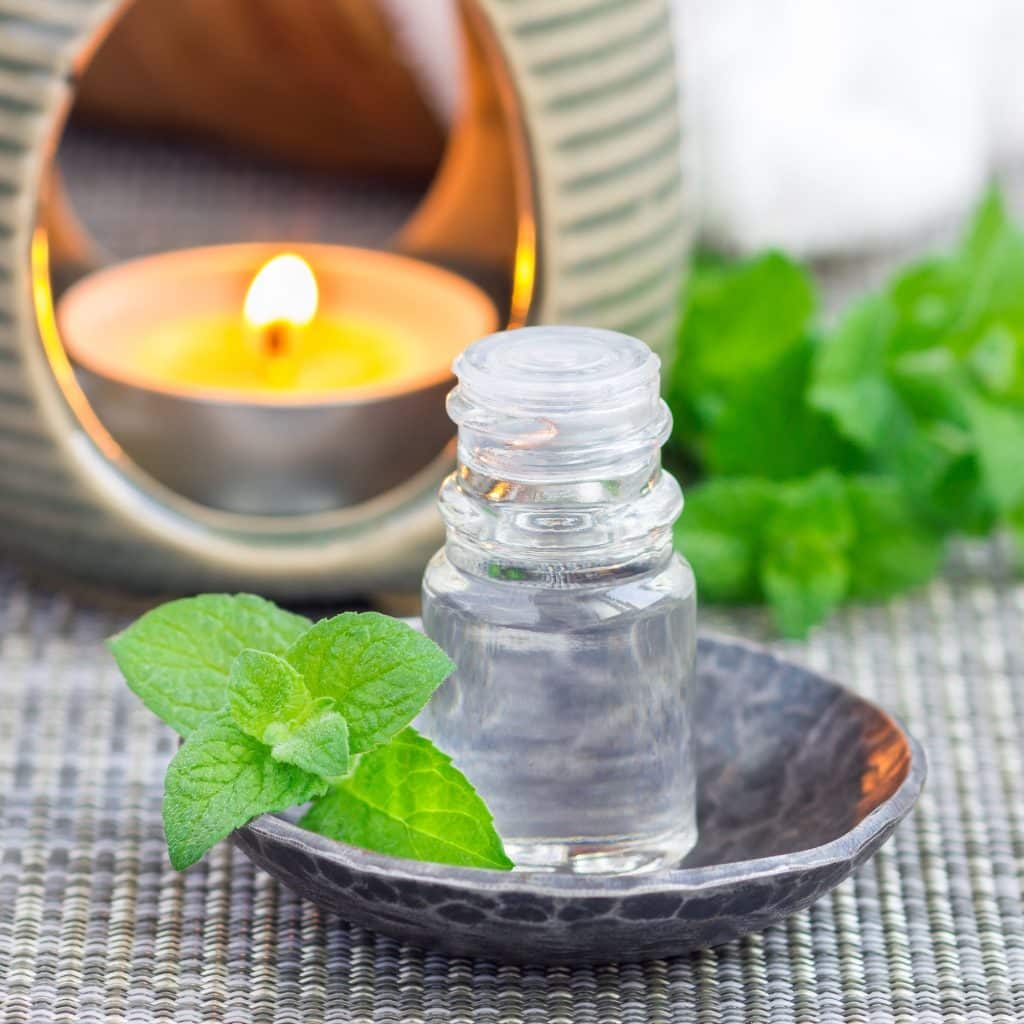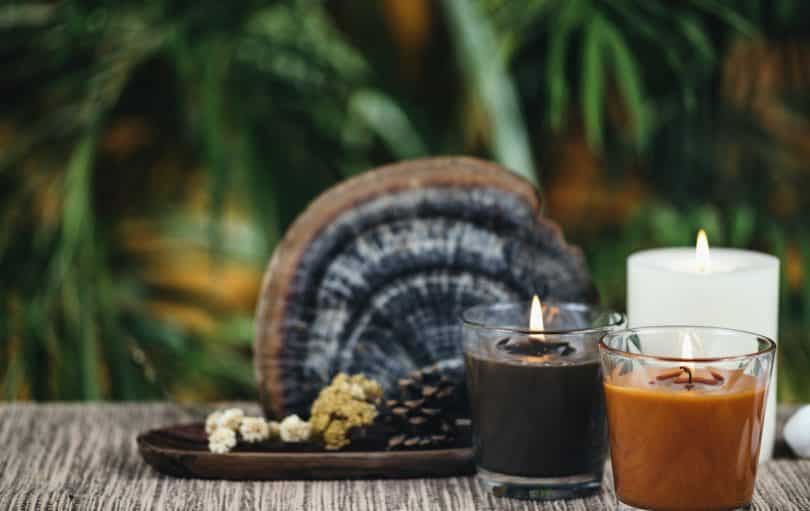Choosing scents for candle making can be a bit of a challenge, especially with so many factors that can affect your final product.
Today, we’ll go over some of the best scents for candle making, both fragrance oils and essential oils.
But first, some things you should know:
Terminology
Before we get into how you can get the best scents for candle making, here are a few terms to know for this and future posts:
Scent throw refers to the strength of scent in the finished candle. Hot throw refers to the scent when your candle is burning and cold throw refers to how the wax smells without being heated.
Fragrance load is how much fragrance oil a wax can effectively hold. Waxes that can’t hold much fragrance can benefit from additives like Vybar, that help increase fragrance load and create a harder wax.
Flashpoint is the temperature at which oil starts to evaporate. Adding fragrance or essential oils at high temperatures can cause them to evaporate or burn off, changing and reducing the scent of your finished candle.

Which Wax Has the Best Scent Throw?
Wax is even more important than the type of fragrance or essential oil you use to make your candles. Without the right kind of wax, oils might not smell like they’re supposed to, or your finished candle’s scent throw might be greatly reduced.
As a rule of thumb, paraffin wax offers the best scent throw. However, there are some health concerns associated with paraffin wax, so some candlemakers avoid this one in favor of natural alternatives.
Read more on the best wax for candle making in this post. Each wax has both advantages and disadvantages, depending on the type of candle you want to make. (But if you ask me, nothing beats a nice beeswax or beeswax blend!)

Fragrance Oils vs Essential Oils
Both fragrance oils and essential oils can be great for candle making, but there are some different things you’ll want to consider when choosing an oil:
- How strong you want the candle to smell
- If there are certain oils you need to avoid due to sensitivities
- The type of wax you’re using and how well it holds certain oils
Let’s talk a bit about the differences between fragrance and essential oils.
Fragrance and Essential Oils: What’s the Difference?
Fragrance Oils
Fragrance oils can be made with natural or synthetic ingredients, but are typically made with synthetics. Harmful chemicals can be a concern here, but most manufacturers and sellers are transparent about their processes.
If you ever have any questions or concerns about fragrance oils, manufacturer sites sometimes have resources about how they make their oils and link to studies about the safety of the ingredients used in their products.
Fragrance oils typically have much better scent throw than essential oils. You need to use a lot of essential oil to match the scent throw of even standard fragrance oils, and not all waxes can hold up to that much oil.
Since fragrance oils are much stronger, they may not be the best choice for people that are highly sensitive to fragrances.
Pros:
- Easy to use with most waxes
- Cost-efficient
- Great scent throw
- More stable than essential oils
- Little variation in smell between batches
Cons:
- Not always easy to know what you’re buying
- Many ingredients aren’t required to be clearly disclosed
- Health concerns
Essential Oils
Essential oils offer a natural alternative to fragrance oils for people who are concerned about the chemicals used in synthetic fragrances. However, just because something is natural doesn’t necessarily make it safe. People can still have sensitivities to essential oils.
However, essential oils are a little tricky to work with and it can take some testing. They typically aren’t as stable as lab-created fragrance oils and burn off much faster than most fragrance oils do.
Lighter essential oils, like lemon and other citrus essential oils, are difficult to use with many waxes due to their low flashpoint. (More on EO flashpoints here.) Check the melting point of your wax if you’re working with more volatile oils—sometimes oils will evaporate before your candle solidifies due to higher melting points.
As far as price goes, essential oils can be expensive as they are. The amount you need to add to a candle to get a decent scent throw can greatly increase your cost. Fragrance oils are much more cost-efficient.
Pros:
- Natural ingredients
- You know what you’re getting!
- Potential health/therapeutic benefits
- Makes it easy to customize scents
Cons:
- Not cost-efficient
- Have to use much more than with fragrance oils
- Volatile, often evaporate at low temperatures
- Limited options for scents
- Can be finicky with certain waxes and overpowered by naturally scented waxes like beeswax

The Best Fragrance Oils for Candle Making
P&J Trading
I initially came across P&J Trading when looking for soap fragrances and these fit the bill for a lot of different projects—making soap, bath bombs, scented stationary, candles, and more.
If I had to pick one company to recommend for fragrance oils, it would be this one. They have a wide variety of scents that don’t change too much in the finished product.
My only recommendation as far as what waxes to use it with is to generally stay away from beeswax. It smells great when paired with some of their floral and spice scents, but smells a little funky with fruity ones and some of their other scents. (All the scents in their “spice” set make really nice beeswax candles, though!)
These work well with soy candles and other vegetable oil candles. You can almost get the scent throw of a paraffin candle, but the advantage of using natural waxes is that they last much longer.
Barnhouse Blue
Barnhouse Blue has a wonderful Sweet Pea scent that got me hooked on their sets for candle making. I had a candle with a similar scent some years ago and wasn’t able to find a fragrance oil so close to it—until now!
I tried a few of their other sets and while I wasn’t as thrilled with their spicy/autumn and holiday sets as I was with the P&J ones, some of their other floral and fruity sets smelled amazing in soy candles. (I also didn’t have the same problems with how they smelled with beeswax, as I did with the P&J scents.)
Eternal Essence
I’m a little less familiar with Eternal Essence, but they have a fantastic “bakery” set that I used a while back to make some gifts for friends. They smell pretty overwhelmingly sweet, but others seemed to like them. (I toned mine down with something a little spicy.)
If you or a friend want the whole room to smell liked freshly baked goods, look no further!

Using Essential Oils in Candles
Essential oils are a little more difficult to recommend just because it’s hard to find high-quality oils at a cost-effective price point.
Many of the cheaper ones are sourced from who knows where and sellers often aren’t able to tell you the country of origin, which can make a huge difference. (Lavender grown in England, France, and Bulgaria can all smell pretty different, for example.)
Here are a few reputable sellers for essential oils. I haven’t used them in candles specifically, but I’ve used them in other projects, like soap and bath bombs.
Rocky Mountain Oils
Rocky Mountain Oils is my top pick for an essential oil company. They have the quality of more expensive oils at a somewhat lower price.
They’re still a bit expensive if you’re comparing them to fragrance oils, but they’re much more reasonably priced than other essential oil companies. (They also have some really nice premade blends, made completely with essential oils.)
RMO also offers GC/MS testing, which helps ensure the quality of the oils by checking for additives or other modifications.
Plant Therapy
Like RMO, Plant Therapy also has affordable oils, complete with GC/MS testing for each lot. You can find these reports publicly available on their site under each of the oils. (Carrier oils also have similar tests available.)
They have tons of information on their products compared to other essential oil companies, including reports, studies, and plenty of safe usage guidelines.
They’re a bit cheaper on the whole compared to RMO, but it depends on the oil. (Despite the price difference, I still prefer to get some oils like Lavender and Frankincense through RMO.)
Young Living
Young Living is hard to recommend for use in handmade products due to the price of their oils. (Even at their discounted member price, they can be incredibly expensive.)
They have wonderful oils—some (like Clary Sage) I typically won’t get anywhere else just because Young Living tends to have more consistency from batch to batch. It’s hard to control the consistency of essential oils in general, but YL does a great job of this compared to other companies.
If you’re making products for personal use, this can be a great company. But if you’re reselling, their policies can be a bit difficult to work around, and it’s incredibly difficult to justify the price when you’re selling to others.
I love the company, but their business model combined with trying to do so many things in-house generates a pretty big markup on the final product.
Hopefully this guide has helped give you an idea of the different fragrances and pointed you towards some good companies to start out with. Candle making gets a lot easier as you have time to test ratios and material types. Eventually you’ll settle on a favorite (or a few favorites!).
Want to learn more about candle making? Check out our rundown of types of wax for candle making here. Don’t forget to share with a friend who would love to try this hobby with you!





























What’s the best wax for candles and fragrance oils
Hi Mrs Moye, we like Beeswax and Soy when using with fragrance. Check our one of our other articles that can help you understand why! https://www.hobbiestostart.com/best-wax-for-essential-oil-candles/